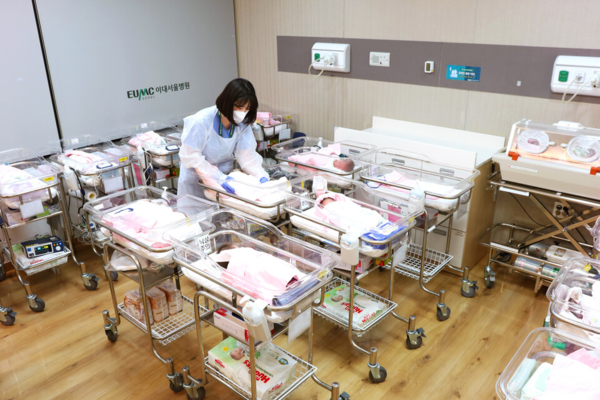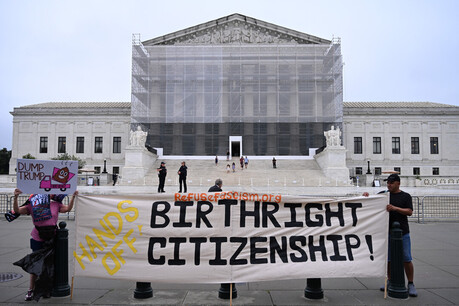
Seoul, South Korea – South Korea's birthrate has unexpectedly rebounded, marking the first increase in nine years, according to the Ministry of the Interior and Safety's 2024 resident registration population statistics released on Wednesday.
The number of newborns registered last year reached 242,334, a 3.1% increase compared to the previous year's 235,039. This uptick comes after a prolonged decline since 2016, when the birthrate peaked at 411,859.
Despite the positive news, the country continues to grapple with an aging population. The number of deaths also increased to 360,757 in 2024. While the natural decrease in population due to births and deaths persisted, the rate of decline slightly slowed down compared to the previous year.
A significant demographic shift has occurred, with the elderly population surpassing the younger generation. The number of people aged 70 and over has exceeded that of those in their 30s, and similarly, the 60+ age group now outnumbers the 40+ cohort.
The aging population trend is further evident in the breakdown of the resident registration population by age group. Individuals in their 50s constituted the largest segment, followed by those in their 60s, 40s, 70s and over, 30s, 20s, 10s, and those under 10 years old.
The number of children and working-age adults decreased, while the elderly population continued to grow. This demographic shift has profound implications for the country's social security system and labor market.
The regional disparity between the metropolitan and non-metropolitan areas has also widened. The population in the metropolitan area, which includes Seoul, Incheon, and Gyeonggi-do, reached 26,047,523 in 2024, accounting for over half of the total population. This marks a significant increase in the population gap between the metropolitan and non-metropolitan areas.
The unexpected rise in the birthrate offers a glimmer of hope amidst broader demographic challenges. However, experts caution that it is too early to determine whether this trend will continue. Addressing the underlying factors contributing to the low birthrate and aging population remains a pressing issue for the South Korean government.
[Copyright (c) Global Economic Times. All Rights Reserved.]





























